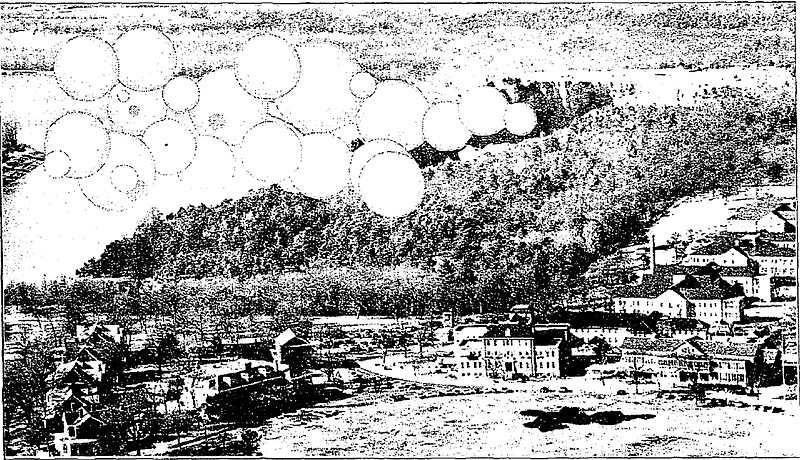In a revival of a fiction dear to the hearts of longtime newspaper readers, wave after wave of oozing, migratory humidity pods arrived in Central Arkansas on June 7 and 8, only to be mistaken for rain.
But after a dormant period June 9 and 10, people opened their doors June 11 to a rising reality of sauna-like oppression in which the unmistakable pod effects were evident: morbidly high rates of palpable stickiness, body odor and a dismay that escalates in tandem with the heat.
And just like that, summer is upon us.
The pods' seasonal arrivals always seem to surprise some Arkansans, despite 31 years of admonitions from the autodidactic pod-ologist who first described them in print on May 11, 1991: former Arkansas Democrat-Gazette humor columnist Otus the Head Cat.
Although originally alive and a real cat, for most of his career Otus was deceased. He observed and bemoaned the onset of summer with exuberant balderdash through the services of a human amanuensis, writer J. Michael Storey (1948-2018). Storey was a large Arkansan whose climatologic preferences did not include humidity.
Details became fluid, like sweat, over the decades the Otus columns retold the pod story, but — generally — he claimed that from October to June, gelatinous, amorphous pods can be found floating about 35 miles off the Texas coast between Corpus Christi and Brownsville. Some years, they winter in an area between Cancun and Cozumel, Mexico, and the Gulf of Guanahacabibes on the western tip of Cuba.
The pods or, more correctly, superpods, soak up the rays down there off Mexico. They are known to venture as far north as Texas' South Padre Island by early May before sending scouts scooting northward to their spawning grounds in Arkansas.
Mass pod clusters travel in clumps of up to 150 bubble units as large as 50 feet in diameter. Most, however, are the size of a 1985 Chevrolet Silverado. Some podlettes are as small as basketballs.
They can be a Memorial Day phenomenon, but the pods typically return in mid- to late June in years with rainy, coolish springs. Then they work in conjunction with a shuttling cast of high-pressure systems to make life miserable.
They are also responsible for the gray ground clutter seen on finely tuned radar.
